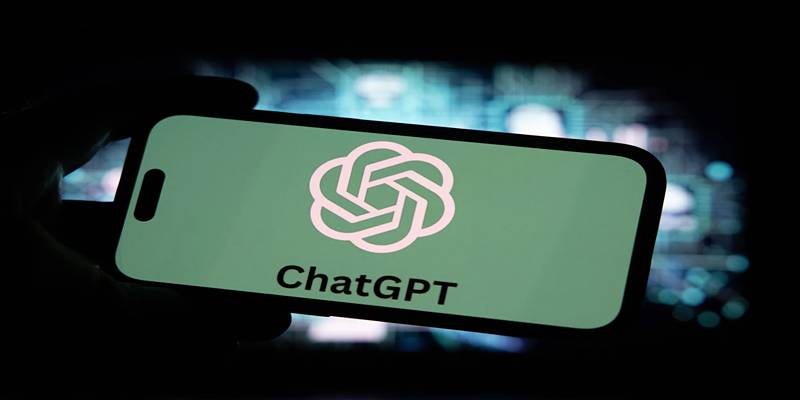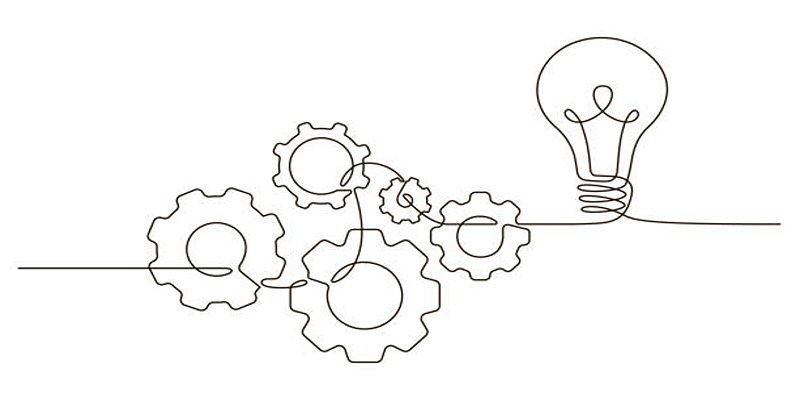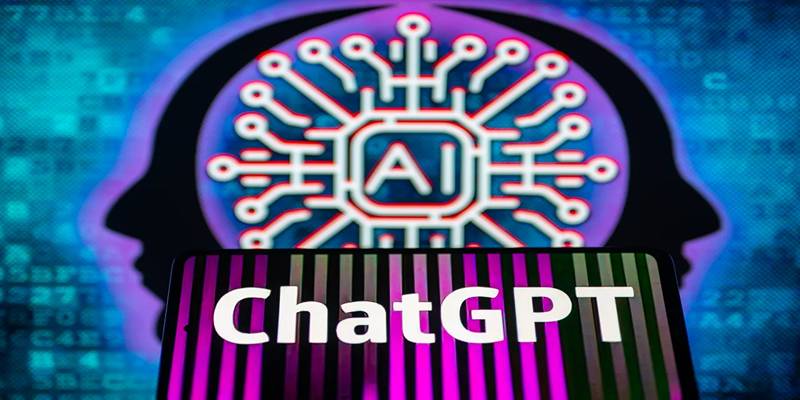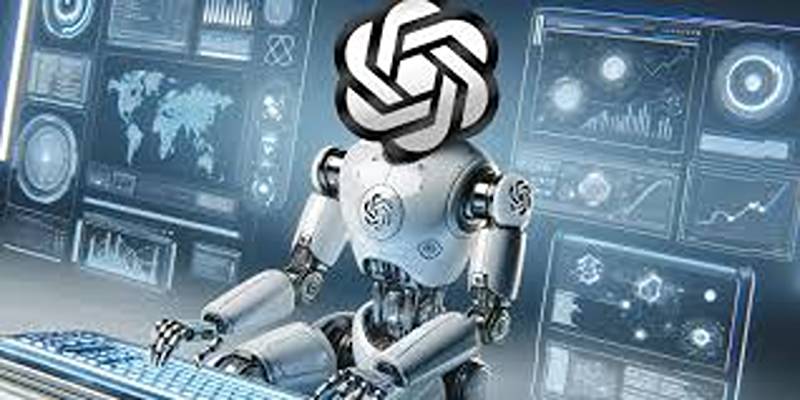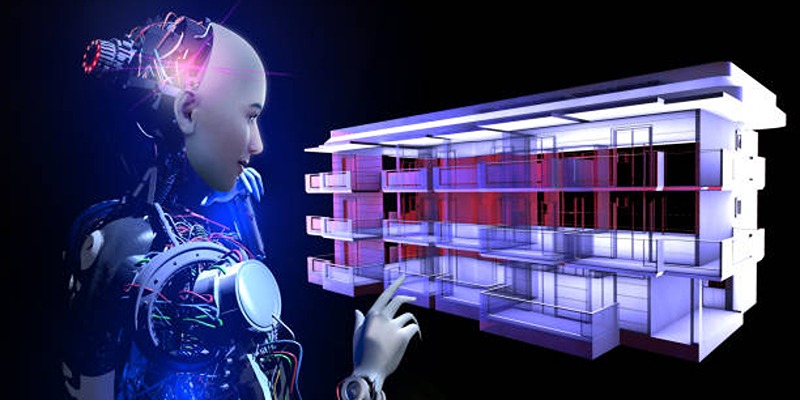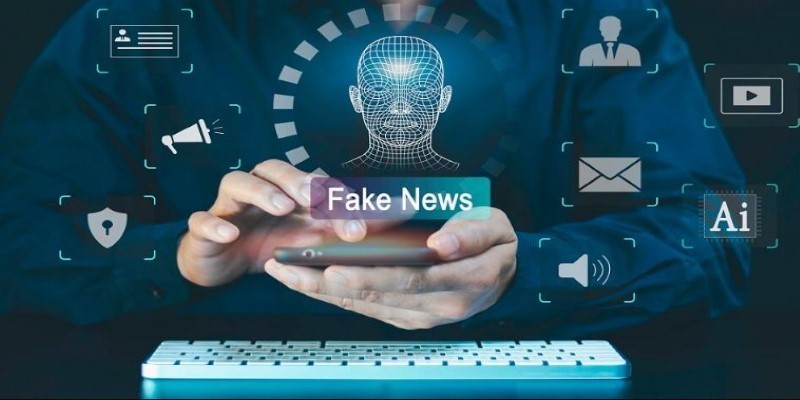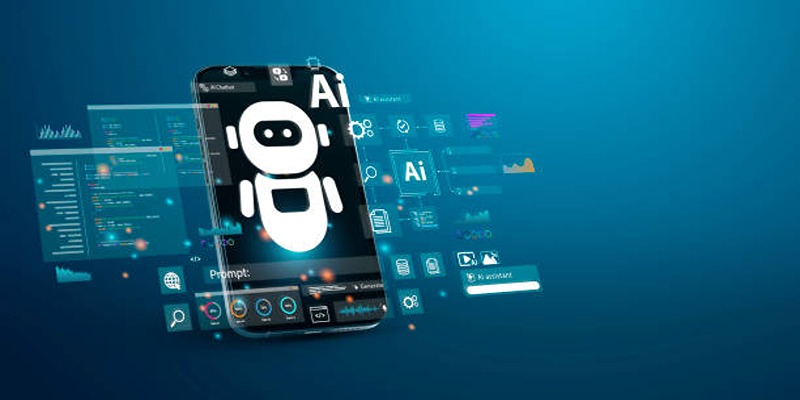Artificial intelligence tools continue to evolve, but not every update is met with excitement. OpenAI's newest feature, Canvas, is the latest addition to the ChatGPT platform, and while it promises to streamline editing and code revision, it may do more to frustrate professional users than to assist them.
Canvas officially launched for ChatGPT Plus and Teams users, with an expected rollout to Enterprise and Edu users shortly after. It introduces a dynamic side-by-side editor that allows users to manipulate text or code directly in an editable workspace—reducing the reliance on perfect prompting.
For some, this may sound like a productivity dream. But for others, especially experienced writers and developers, Canvas could signal a shift toward oversimplification, blurring the line between human expertise and machine-assisted content that often lacks nuance.
Key Features of Canvas
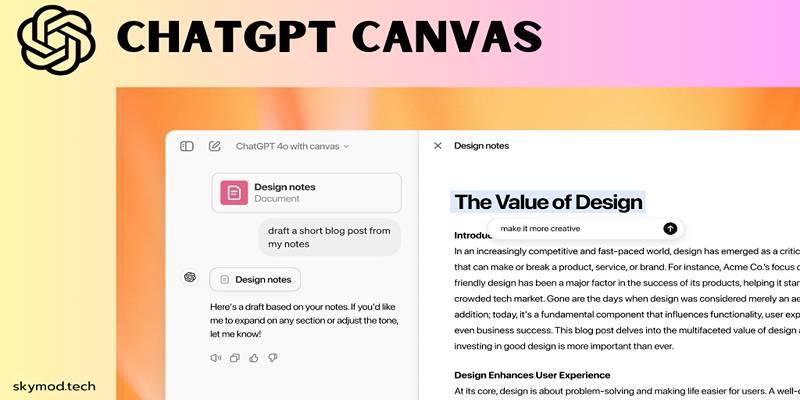
OpenAI’s Canvas tool is more than just a smart text editor—it’s a multifaceted workspace tailored for both writers and developers. With an intuitive layout and AI-powered enhancements built directly into the interface, it allows users to generate, refine, and collaborate on content in real-time. Let’s break down its capabilities for both writers and coders, showing why Canvas is as powerful as it is potentially disruptive.
For Writers
Canvas turns long-form writing into a fluid, interactive experience. Its AI acts like a real-time editor, offering suggestions not just when prompted, but precisely where they’re needed.
- Inline Suggestions
Writers can highlight a sentence or paragraph and receive immediate suggestions to reword, shorten, lengthen, or adjust grammar. This feature eliminates the need to jump between tabs or request multiple edits—it's all contextual and instantaneous. Whether it’s improving tone, flow, or punctuation, these suggestions mimic what a human editor might do, but in seconds.
- Length and Readability Controls
One of Canvas’ most unique offerings is its pair of sliders that allow users to control the length and reading complexity of a document. Want to turn a technical paragraph into something a 6th-grader can understand? Just drag the readability slider. Need to expand a brief explanation into something more elaborate? The length slider stretches it out with relevant content. These controls are especially useful for tailoring content to specific audiences or platforms without starting from scratch.
- Final Polish Tool
Think of this as the AI version of a last-minute proofreader. In a single click, Canvas runs grammar, clarity, and consistency checks. This feature is a time-saver for writers facing deadlines or those who want peace of mind before publishing or submitting a draft.
- Emoji Support
While probably not the most essential feature in professional settings, Canvas includes support for emojis. For newsletters, informal emails, or social media content, this light visual touch can enhance tone and relatability. Still, many professionals may find this more gimmicky than game-changing.
For Developers
Canvas is not just for content creators—it’s also a serious tool for software developers. Whether you’re debugging, commenting, or even learning a new language, it serves as a highly intelligent coding assistant.
Code Review and Commenting
Canvas can scan code for logic gaps, inefficient syntax, or security flaws, then offer contextual suggestions. It also inserts comments that resemble what a senior developer might leave in a collaborative repo—explaining what a block of code does or why a certain logic was chosen. This is especially useful in team environments or open-source projects.
Bug Fixing
The AI actively scans for logic errors or syntax mistakes and offers corrections on the spot. While it's not infallible, it's a fantastic first pass for catching errors that might otherwise waste hours in debugging.
Code Porting
Need to convert Python to JavaScript or translate legacy Java code into modern C++? Canvas handles multi-language code conversion with surprisingly effective accuracy. This streamlines development for cross-platform apps and allows developers to work in multiple languages without mastering them all.
Logging Support
Debugging often requires consistent logging—and Canvas knows this. It can automatically insert log statements at key points in the code, ensuring smoother debugging and better visibility during runtime testing. This removes one of the most tedious but necessary parts of development.
Why Writers Might Be Concerned?
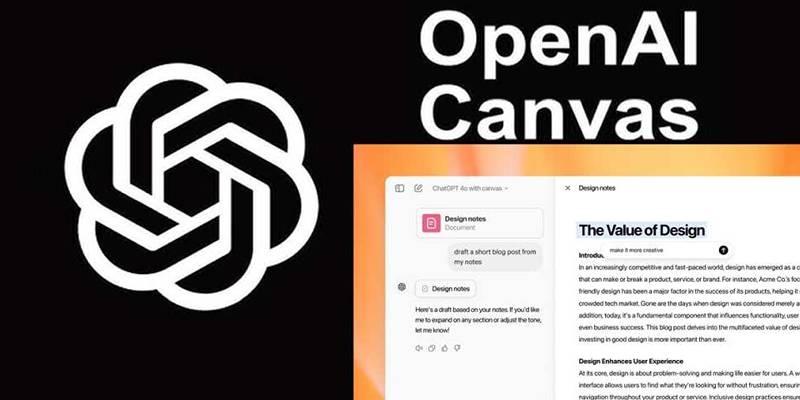
Some writers feel that Canvas could lead to homogenized content. Andrew Zuo notes that AI-generated writing often lacks a unifying thesis and tends to meander, resulting in boring articles. Kenji, a non-professional writer, expresses concern that relying too heavily on AI tools like Canvas might diminish the personal growth and learning that comes from writing.
Why Coders Might Be Concerned?
Coders have reported issues with Canvas's code generation capabilities. One Reddit user mentioned that when asking Canvas to refactor code, it made changes without allowing for review or confirmation, sometimes replacing good code with buggy versions. Another user pointed out that GPT-4o, the model behind Canvas, isn't as proficient at coding compared to other models like o1 and Claude.
Looking Ahead: What's Next for Canvas?
Canvas is still young, but it’s already hinting at a future where content creation is a deeply collaborative effort between humans and machines. As it evolves, we can expect more personalized AI behavior, smarter integration with third-party platforms, and even voice-controlled editing. OpenAI may expand Canvas with advanced analytics that measure engagement, readability, or SEO potential in real time—features that would appeal to digital marketers and web developers alike.
Yet, the tool's future success will hinge on user trust and transparency. Without clear boundaries and controls, the risk of overreach looms large. Professionals are not just looking for tools that save time—they’re seeking partners that respect their craft and amplify, rather than replace, their voice.
Conclusion
Canvas represents OpenAI's latest push toward user-friendly AI integration. It's designed to make editing text and code faster, easier, and more interactive. However, its arrival may not be universally welcomed, especially among those who already feel that generative AI tools are taking too many creative liberties.
For beginners and productivity-driven teams, Canvas could become an essential part of their workflow. For seasoned professionals, though, it might feel like just another overly helpful feature that complicates instead of enhances.
As AI continues its rapid evolution, tools like Canvas reveal the deeper tensions within the tech world—between automation and authenticity, between speed and skill. The true impact of OpenAI's latest release will only become clear over time, as users either embrace its convenience or push back against its overreach.
